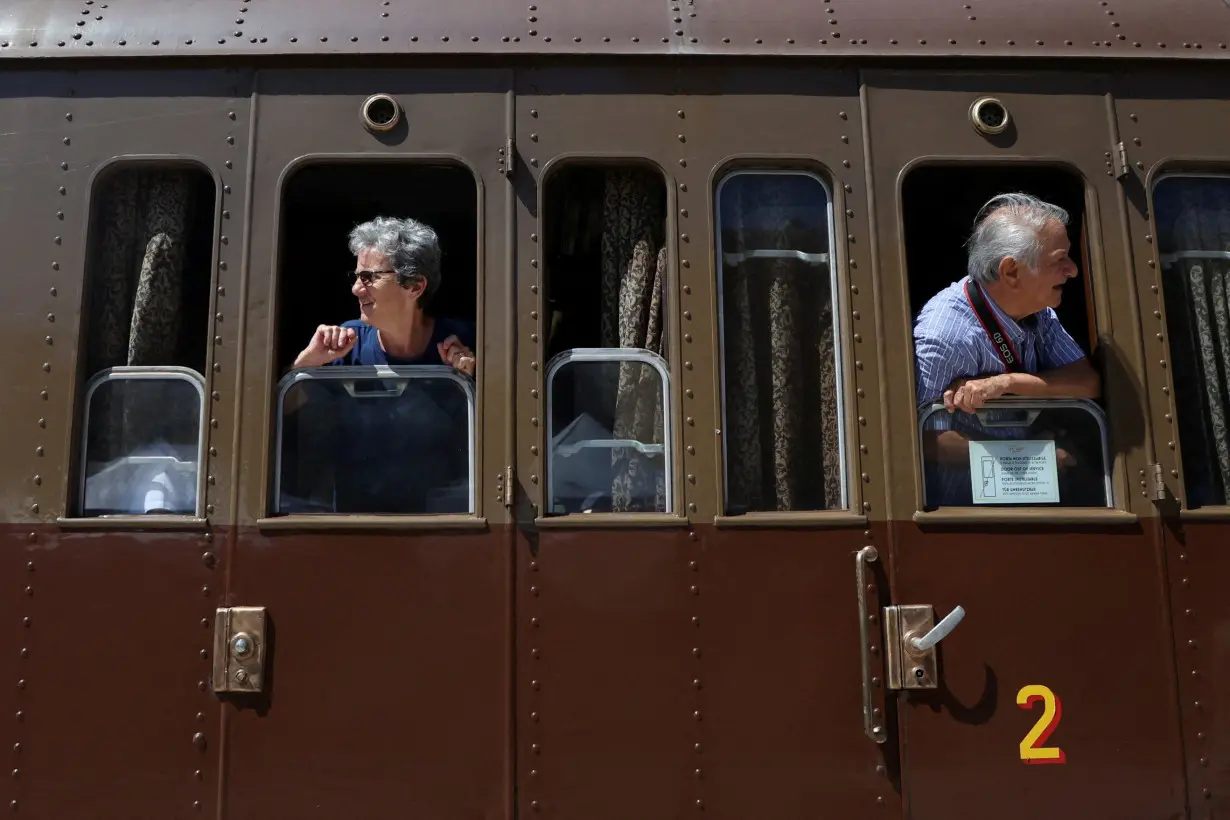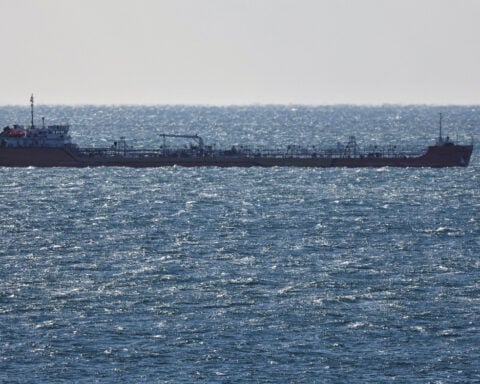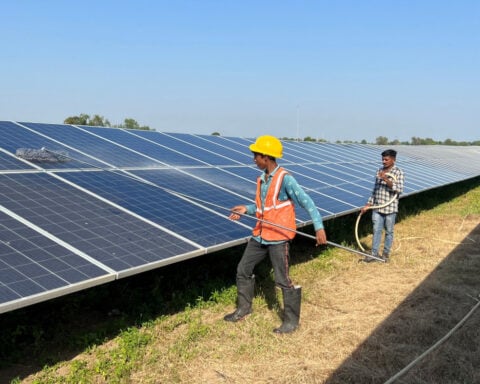By Giulia Segreti
SULMONA, Italy (Reuters) - As it rolls across Italy's central regions, a vintage diesel locomotive towing carriages from the 1930s and 1950s crosses the forests of the Majella National park and the Abruzzo highlands, giving tourists on board a glimpse of hidden hamlets.
Across its just over 100 kilometres (62 miles), the so-called Italian Transiberian rail line, also known as the Park Railway, slips into gorges, snakes into 58 tunnels and braves huge viaducts.
It was the first of some 1,000 kilometres of line to have re-opened under a project by Fondazione FS, part of state-controlled national rail company Ferrovie dello Stato (FS).
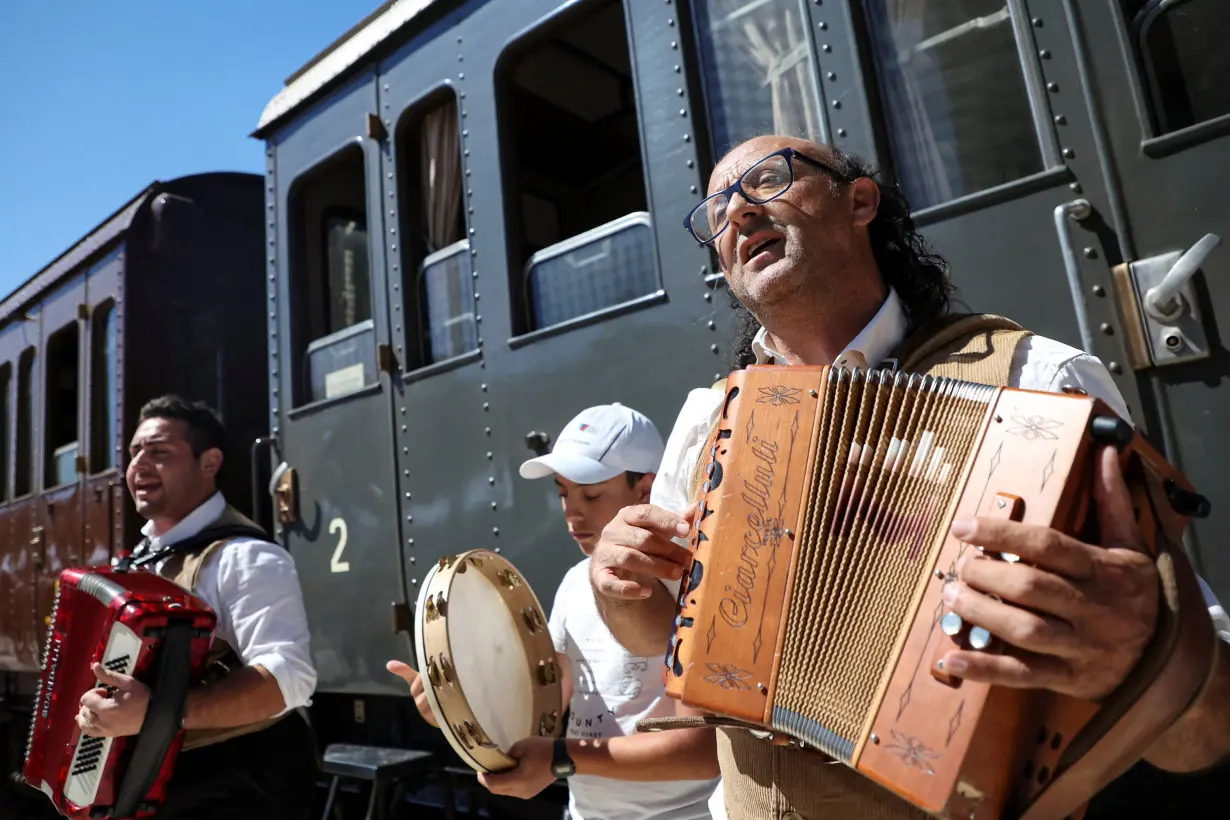
The "Timeless tracks" project takes tourists to forgotten parts of Italy, offering an alternative to the fast-paced, mass tourism of the major cities.
"These are tracks that have lived through different eras, they have carried soldiers to the front, cows to pasture... they were mistakenly considered unproductive during the 1960s and 70s but are now once again of value," Luigi Cantamessa, who heads Fondazione FS, told Reuters.
Inspired by train travel in Switzerland, the project now carries 45,000 tourists a year across its 13 lines. Fondazione FS expects to open two new ones by 2026, both in the southern region of Sicily.
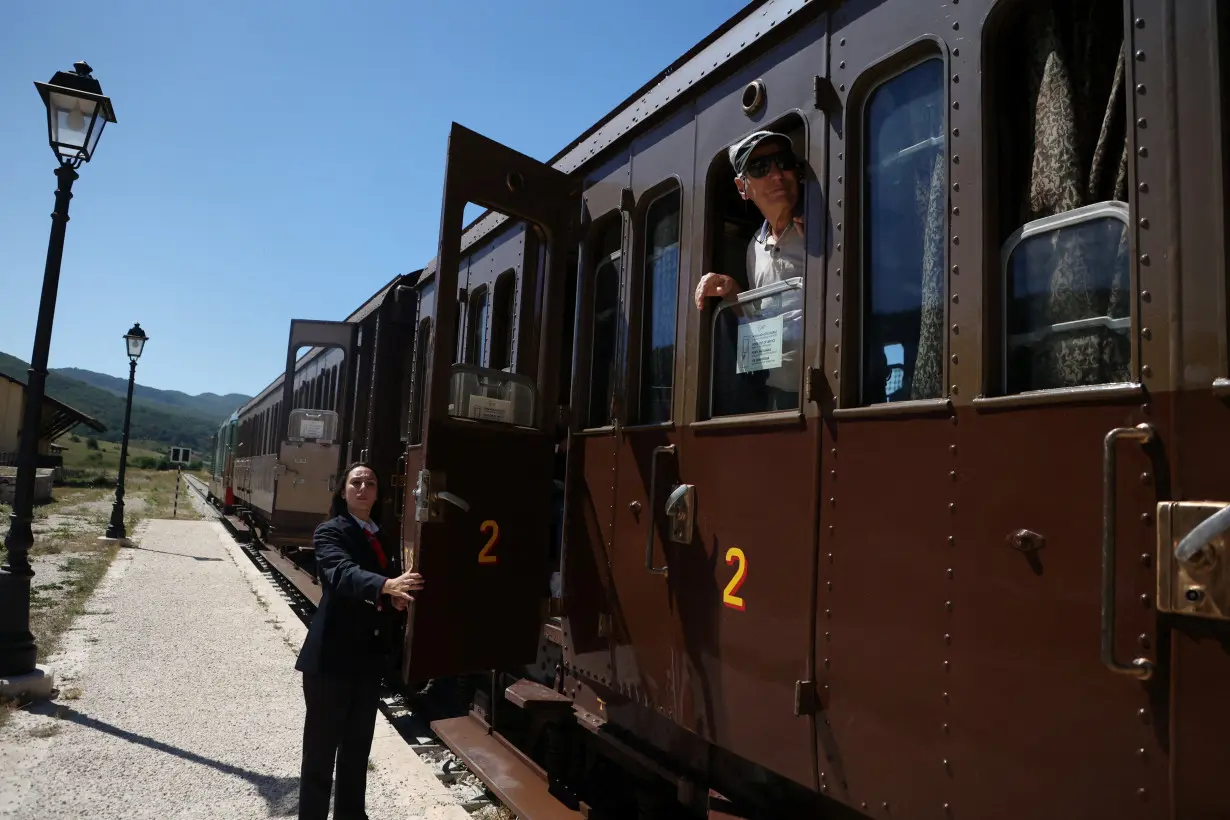
"What were considered to be the dry branches of Italy's train network, have now proved to be the green shoots," Cantamessa added.
NO FROZEN PIZZAS
"People are used to cities and places, like Florence, that everyone knows.. but then there are other areas that need to be discovered. (This) is the right kind of tourism that does not spoil the authenticity of places," said Norma Pagiotti, a 28-year-old from Florence travelling on the train with two friends.
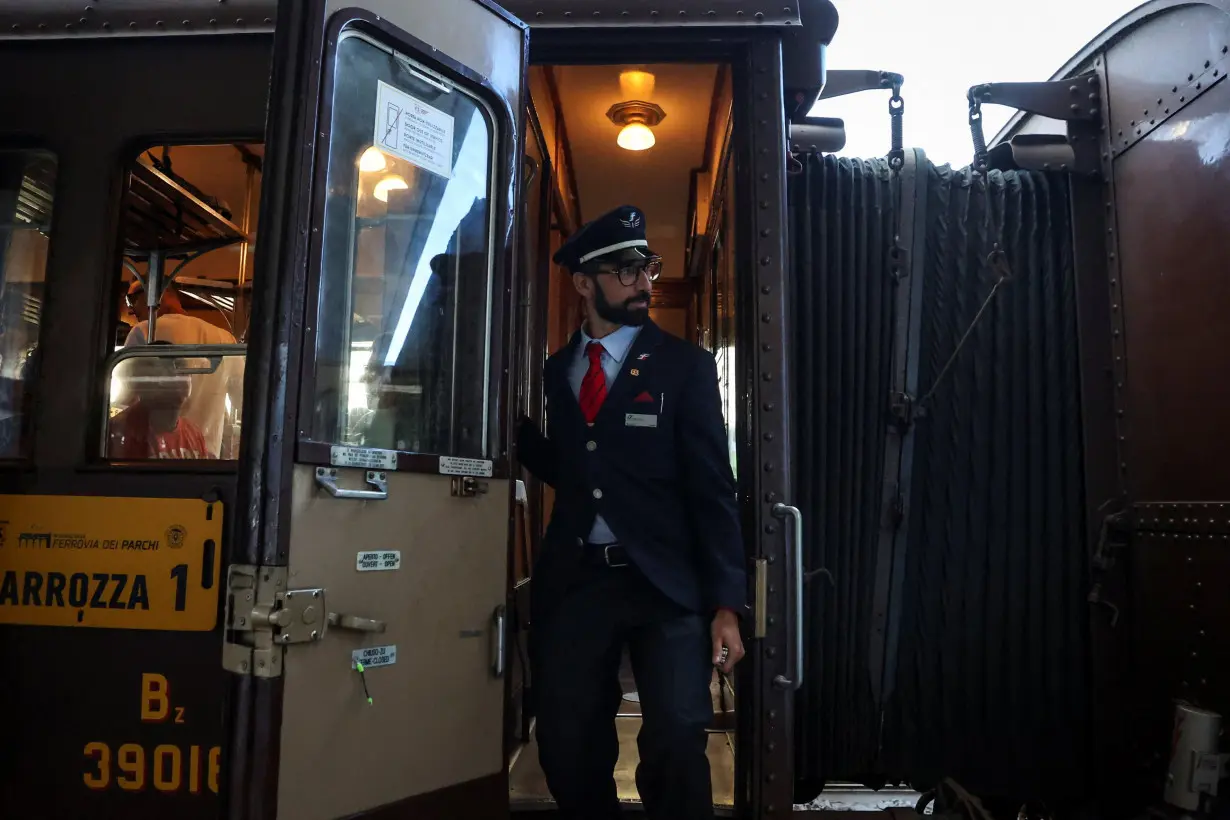
With arrival numbers above pre-pandemic levels, popular European travel destinations including Venice have introduced measures aimed at managing visitor numbers amid rising concerns about overcrowding.
"The train reminds me of my youth, I feel a bit nostalgic for the things of the past, which were simpler, now everything is fast, short-lived," says Caterina Quaranta, from Taranto in southern Italy, sitting on the wooden seats of the train.
The trips attract Italians and foreigners, a lot of families and children, younger people who get off to hike and cycle, and older people "who have time to spare", explained Laura Colaprete, a local guide.
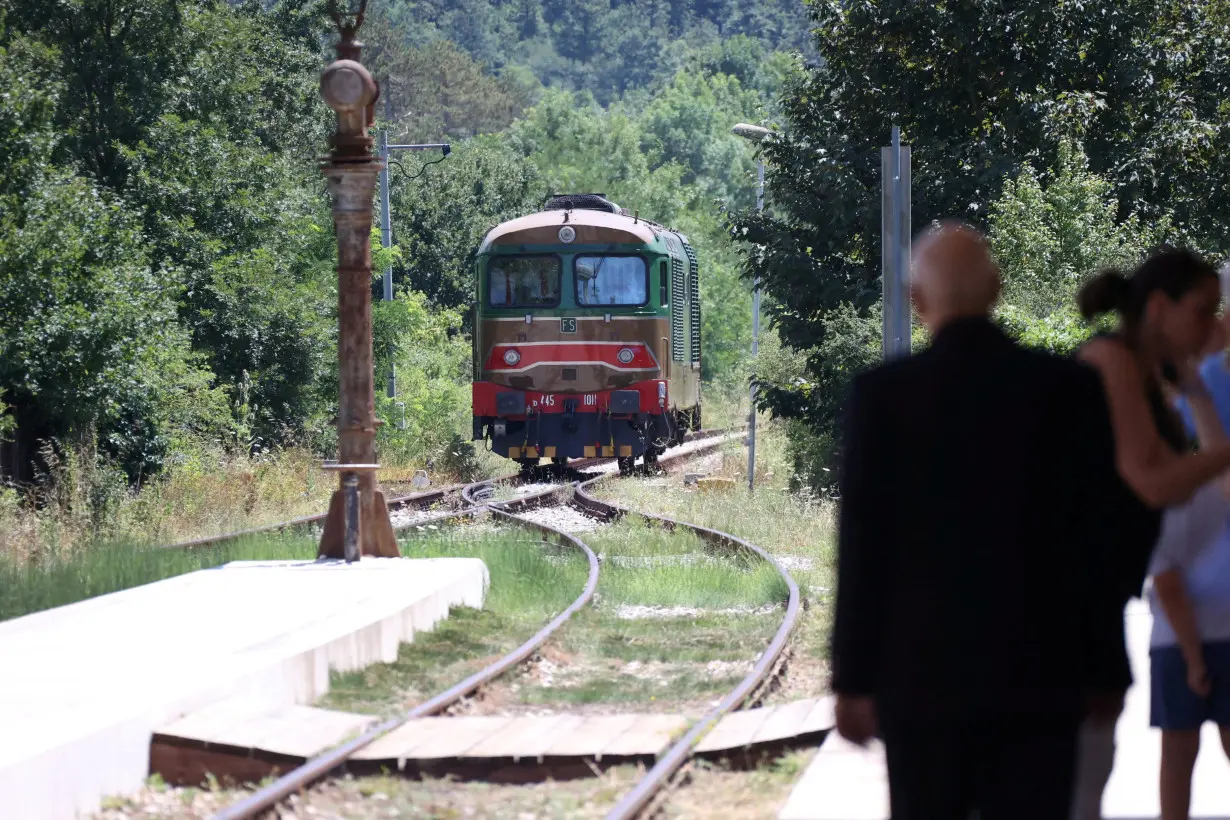
"It's for those who don't want mass market, cluttered destinations. A conscious traveller, who is looking for something special," said Cantamessa of Fondazione FS. "These are not trips that serve you frozen pizza for lunch," he added.
FOLK MUSIC AND LOCAL FOOD
After climbing up almost 1,000 metres in altitude, the Transiberian's first stop is in Palena, a medieval hill-top town known for its breathtaking views over the national park.
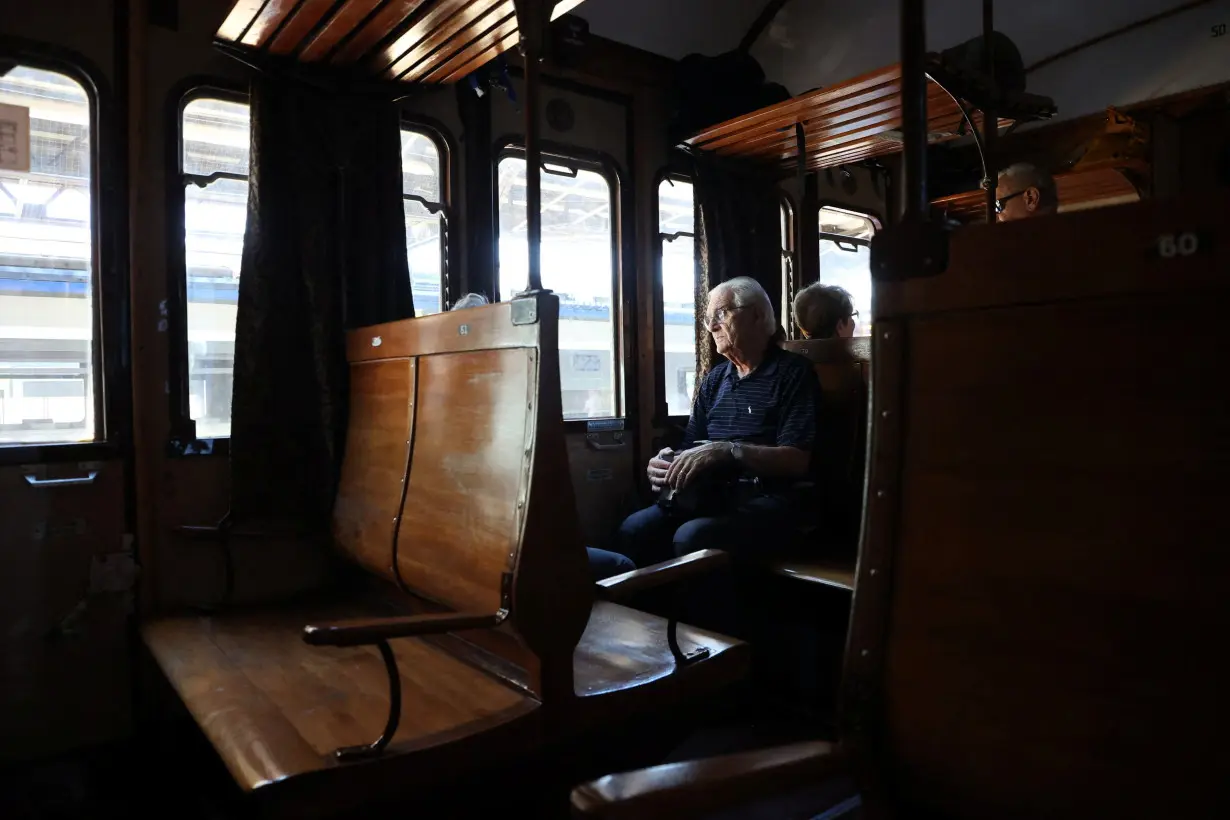
Traditional folk music accompanies people getting off the train, with local delicacies such as lamb skewers and soft pancakes made with an iron mould, known as pizzelle, and products by local artisans awaiting them at the station.
"The train helps several small towns around here. This line was a dead line before," said Gino Toppi, 60, as he helped his wife with the food stall in the small station.
Milan's Bocconi University recently estimated that for every euro spent by passengers on tickets - which cost between 30 euros and 70 euros ($32.50 - $76)- up to a further 3 euros are spent on food, accommodation, tours and souvenirs.
That helps to support the economy of villages that have long lost population due to the dwindling birth rate and younger people leaving for the bigger cities
"There certainly are benefits, this is a way to show my products," said Annalisa Cantelmi, a herbalist.
"These tourists are slowly discovering these new territories, their traditions and people," she added. ($1 = 0.9216 euros)
(Reporting by Giulia Segreti; Editing by Keith Weir and Alexandra Hudson)

 What to know about Trump's attorney general pick Pam Bondi as she faces questioning on Capitol Hill
What to know about Trump's attorney general pick Pam Bondi as she faces questioning on Capitol Hill
 Rubio vows to place US interests 'above all else' as Trump's top diplomat
Rubio vows to place US interests 'above all else' as Trump's top diplomat
 Manatees congregate in warm waters near power plants as US winter storms graze Florida
Manatees congregate in warm waters near power plants as US winter storms graze Florida
 Nippon Steel wants to work with Trump administration on US Steel deal, Mori tells WSJ
Nippon Steel wants to work with Trump administration on US Steel deal, Mori tells WSJ
 After cable damage, Taiwan to step up surveillance of flag of convenience ships
After cable damage, Taiwan to step up surveillance of flag of convenience ships
 BOJ will raise rates if economy, price conditions continue to improve, Ueda says
BOJ will raise rates if economy, price conditions continue to improve, Ueda says
 AAPI adults prioritize immigration, but split on mass deportations: AP-NORC/AAPI Data poll
AAPI adults prioritize immigration, but split on mass deportations: AP-NORC/AAPI Data poll
 As fires ravage Los Angeles, Tiger Woods isn't sure what will happen with Riviera tournament
As fires ravage Los Angeles, Tiger Woods isn't sure what will happen with Riviera tournament
 Antetokounmpo gets 50th career triple-double as Bucks win 130-115 to end Kings' 7-game win streak
Antetokounmpo gets 50th career triple-double as Bucks win 130-115 to end Kings' 7-game win streak
 Zheng loses to No 97 Siegemund, Osaka rallies to advance at the Australian Open
Zheng loses to No 97 Siegemund, Osaka rallies to advance at the Australian Open
